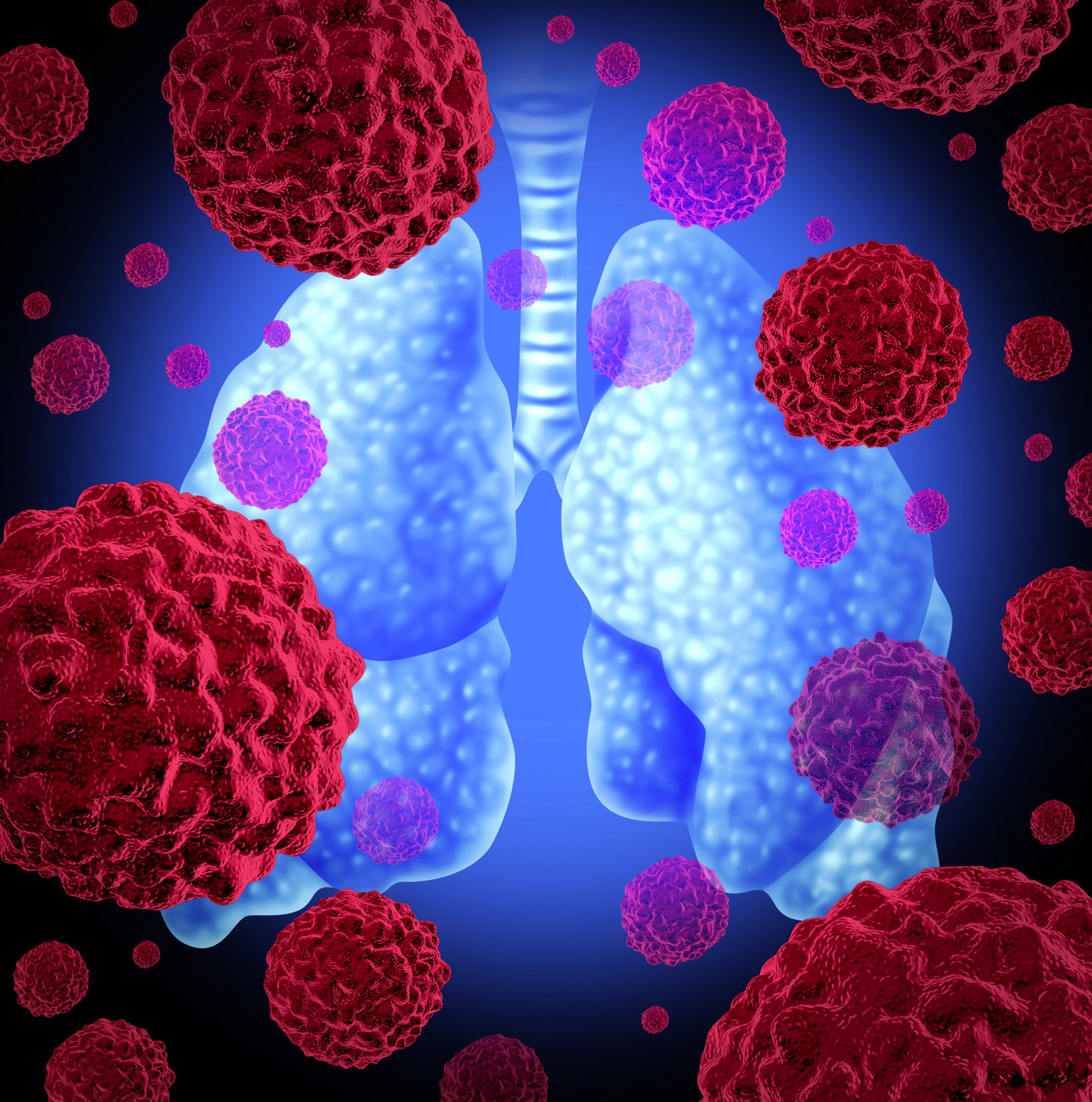Lung cancer is the most common cause of cancer-related deaths, as well as 17-28% of deaths. Early diagnosis of lung cancer, which is mostly diagnosed between the ages of 50-70, is of great importance for treatment. The first step in the treatment of this disease is usually surgical operations. The robotic surgery method, which was developed in the light of technological developments and considered as the last point of surgery, provides important advantages such as less bleeding, less pain and lower risk of complications. After lung cancer surgeries performed with “da Vinci” robotic surgery, patients have a comfortable recovery period and can return to their daily lives faster. Prof. Dr. Sedat Gürkök, Department of Thoracic Surgery, Memorial Ankara Hospital informs about the advantages of robotic surgery in lung cancer.
The most important cause is tobacco use
Lung cancer, which is the leading cause of cancer deaths worldwide, is the uncontrolled proliferation of cells in the lung tissues. The incidence of lung cancer, which is usually asymptomatic and predominantly detected in advanced stages, increases with the increase in smoking. People who smoke have the greatest risk of lung cancer, but lung cancer can also develop in people who have never smoked, due to genetic transmission and environmental factors.
It may not show signs immediately
The rate of early detection of lung cancer, which typically does not show signs and symptoms in the early stages, is very low. Signs and symptoms usually appear as the disease progresses. Chest and back pain, especially cough, shortness of breath, hoarseness, sputum, weight loss, facial swelling, recurrent bronchitis and pneumonia attacks come to the forefront as symptoms of lung cancer. If the cancer spreads to other organs, more severe symptoms are seen. The treatment of this cancer, for which early diagnosis is important, is planned according to the type and stage of the tumor and the patient’s condition.
Surgery is the most important step
of treatment Surgery is an important step in the treatment of lung cancer. Surgery, which will be applied according to the treatment plan, can be performed with open and closed methods. The robotic surgery technique, which has expanded with the development of technology, comes to the fore as a closed method today. Robotic surgery can be applied and tumors can be removed in all types of lung cancer that are considered suitable for surgery.
Lung cancer surgery performed with robotic surgery is performed in the operating room environment and under general anesthesia. After the patient is placed in the required position, the entry points are determined on the patient according to the procedure to be performed, and the “da Vinci” robot arms are deployed. After 4 small incisions 1-1.5 cm wide are made on the patient’s body, the arms of the robot are placed in these holes. One of these arms is used as a camera port, one as a holder, and the other as a special arm that will both burn and dissect. The operator at the desk also helps the surgery with his own port. The specialist physician, who will perform the operation, sits on the console, which is an independent unit from the table, with the robot, and performs the necessary surgical operation by directing the robot arms with the help of two joysticks on the console and a camera that provides a three-dimensional, high quality and 10-20 times magnification image.
It provides advantages to both the patient and the physician
Robotic surgery is technically more advantageous than open and other closed methods. These advantages can be listed as follows:
– The risk of bleeding is less in lung cancer surgeries performed with robotic surgery.
– The hospital stay of the patient and possible complication rates decrease.
– The patient’s surgery pain is less and lasts shorter.
– The person can return to his daily life more easily.
– Less scars remain on the patient’s chest in terms of aesthetics.
– The fact that the robot arms can instantly apply the hand and wrist movements of a person provides great convenience to the surgeon.
– The extraordinary precision of robotic surgery and its highly maneuverable “wrists” that can rotate 540 degrees are ideal for resected (removing) necessary lung tissues and cutting lymph nodes.
– Since the surgeon who performs the operation can control the camera very easily, he can see the areas he wants much more clearly, at the desired angle and size.
– The camera used in robotic surgery provides 3D and high-resolution images. However, since this camera is dual-eye, it realistically reflects the sense of depth.
– Robotic lung cancer surgery also allows the surgeon to view lung structures from the front of the chest wall; this is an approach that is more similar to open surgery.


